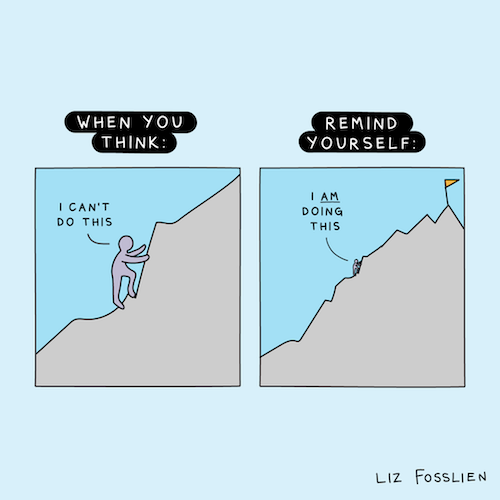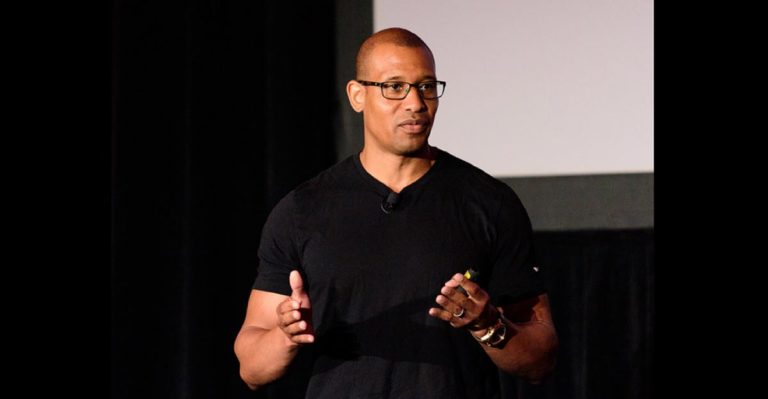My First 90 Days at Strava: How I Went From Being the New Kid to Becoming a Change Agent Using 4 Simple Techniques
The New Kid
Starting a new job is similar to being the new kid at school.
- The excitement and anticipation of a fresh start.
- The pressure of making a good first impression.
- The fear of not fitting in.
This concoction of emotions can be very overwhelming. However, once you’ve made friends, got involved in some activities, and learned about your new environment, those uneasy feelings all melt away.

On Monday, November 29th, 2021, I had my new kid moment when I officially started my job at Strava. My primal childhood anxiousness took over and I questioned whether I
- would live up to the expectations others had of me
- had the right skills to be successful
- would fit into the new environment and be accepted by others
I had a bit of imposter syndrome, which shook my confidence about accepting the role!
So what did I do to turn it around?
Well, the professional world says 90 days is an adequate amount of time to get acclimated to a new job. And in this post, I will share my 90 day journey and how I went from being the new kid to becoming a change agent at Strava.
My 90 Day Journey at Strava
Taking on the new role at Strava was like venturing into the unknown. I was basically starting from square one. New domain. New culture. New team.
No one knew me and I knew no one. And while this was daunting, it also created a window of opportunity to learn, grow, and challenge myself in new ways.
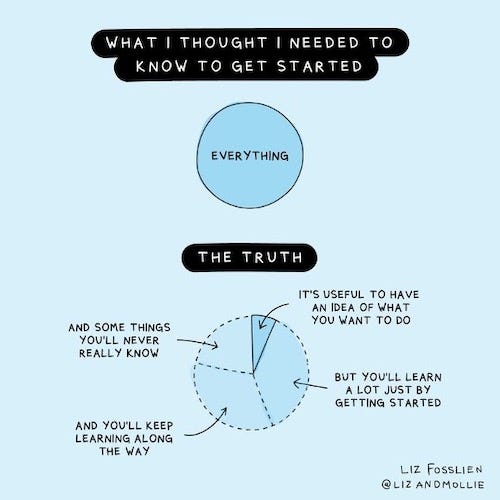
In order to be successful in my role, I needed to dive right in. So to help build my confidence, I used the 4 techniques below.
#1: Get Role Clarity
Before I joined Strava, I had an honest dialog with my future boss, aligning on whether this role was right for me and if I was a fit for the company.

Below is a summary of the types of questions I asked during my interview process. These helped me get a general direction of what was expected of me in my new role.
Scope of Responsibilities
- What are my responsibility and decision making boundaries for the following areas: Growing and scaling the team? Planning, execution, and delivery? Team and culture development?
Delivery Exceptions
- What does success for this role look like in the first 30 days?
- What does success look like at the end of 90 days?
- What does exceeding expectations look like?
Ways of Working
- Who are the cross functional partners that are important for me to connect with to be successful in this role?
- How are decisions currently made (i.e., top down or consensus based)? Who is involved in the process?
- What types of decisions would I have the responsibility of making and who would I need to partner with in the decision making process?
Team and Company Culture
- What is the existing team structure and where do you see opportunities?
- My leadership style and ways of working will be different from what Strava is use to and I anticipate there will be some level of resistance. What thoughts can you share on your approach in supporting my transition into this new role?
- What skillsets are critical, for this role, as the company evolves to support its next growth phase?
Asking these types of questions upfront allowed me to get a sense of the scope, impact, and influence I would have compared to my previous job. It also helped me identify how my skillset could contribute to Strava’s short and long term goals.
#2: Get Plugged In
When stepping into any new environment, it’s important to get the lay of the land to understand your surroundings.
I had a small window of opportunity to connect with critical business stakeholders before everyone went on holiday break. So I adopted to join Strava early to get involved with all the new year planning activities.
My first two weeks at Strava looked something like this:

I had a marathon of meetings ranging from roadmap planning sessions, team meetings, to company strategy discussions.
And as intimidating as it was, I put my fears aside and embraced each meeting as an opportunity to introduction myself, share my perspective, and ask questions.
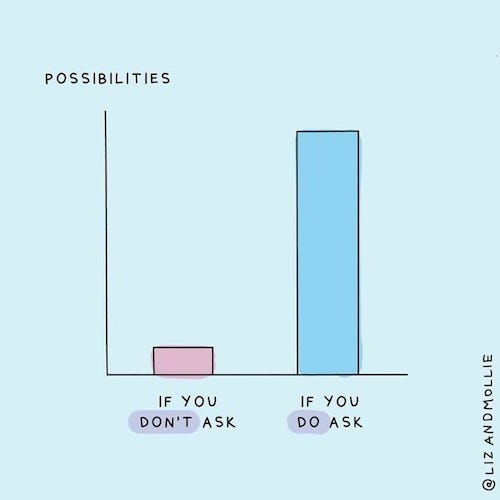
These forums enabled me to connect with a broad range of teammates, giving me an opportunity to showcase who I was, while getting insight on how the business operated.
#3: Leverage Time to Your Advantage
Everything at Strava was happening at an accelerated pace. And I quickly realized if I could not kept up, I was going to be left behind.
The one thing I didn’t have enough of was time. However, I knew how to assess and prioritize my time to achieve my goals. So instead of complaining about not having enough time, I chose to use my time wisely.
Here are a couple of examples:
Example #1: Accelerated Learning
I used my interview time to get upfront clarity on the company’s goals and areas of opportunity required to achieve them. This give me baseline knowledge which enabled me to be an active participant in the planning sessions after I joined.
By making time to attend those meetings, I was able to validate assumptions from my interview, helping to accelerate my learning and onboarding process.

Example #2: The 4 week Crunch
With minimal context of my inherited team, I was requested to lead year end performance calibrations and come up with a new engineering org structure within 4 weeks . The pressure and stress was real and to help manage this, I requested two weeks of dedicated time to work with my new leaders to address these asks.
This condensed period of time allowed me and my new leadership team to quickly build a foundation of trust, as we learned and collaborated with each other at an accelerated pace.

Time is a precious resource. And being new to the company, I wanted to get up to speed quickly and start adding value where it made sense. So I used my time to ask questions, learn, network, and identify quick wins which helped me build trust with my new teammates making it easier to adjust to my new environment.
#4: Be Authentic
While adapting to my new role, I was so worried about fitting in with the company culture, that I stopped doing what I knew best.
Strava hired me for my knowledge and expertise to support the company with its next stage of growth. Knowing this, I still struggled balancing being true to myself while being a part of the new culture.

I finally realized in order for me to be successful at Strava, I needed to add to the culture instead of the culture defining me.
To help me stay true to my authentic self, I focused on the 3 quality traits below:
#1: Be Bold
- I sought out opportunities where my skillset would be useful in addressing a company problem
- I took calculated risks, stretching myself, to identify areas of personal growth
- I made decisive decisions and owned up to my mistakes
#2: Be Vulnerable
- I was not afraid to ask questions when I didn’t know something
- I was not afraid to ask for help when I needed it
#3: Be Me
- I was true to myself
- I showed compassion and was fair
- I used “yes, but”
- I use presentations as a tool to communicate my thoughts
Is this the Final Destination?
I am excited to have completed my 90 day mark at Strava and feel confident this move will help me grow in my professional career.
The good news is the journey is not over. Strava has a lot to offer me and I have a lot to give. I know over time, each day will bring a new challenge that will help me become a better person, teammate, and leader.
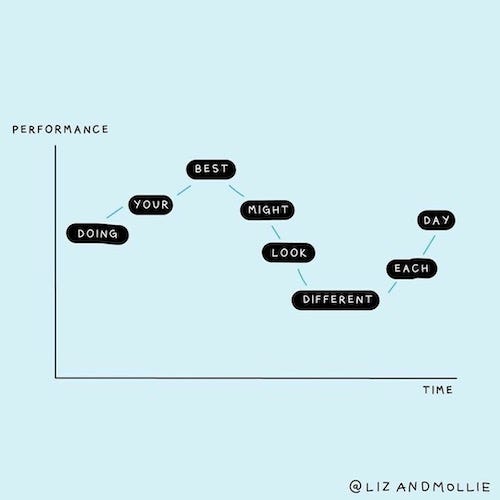
I’d like to leave you with this. New job pathways can be exciting, stressful, and intimidating. However, you can prepare for your next career move and be a change agent using the 4 techniquesbelow:
- #1: Get Role Clarity. Ensure you have a clear understanding of your responsibilities, key partners, decision making power and how your skillsets can contribute towards the success of the company.
- #2: Get Plugged In. Step out of your comfort zone by sharing a new idea at your next meeting or take on a project that will stretch you. You might be surprised by the opportunities that get created.
- #3: Leverage Time to Your Advantage. Make the most out of your time by using it wisely to identify areas of opportunity to build a foundation of trust and positive relationships. Seek out pathways to learn from while adapting to change.
- #4: Be Authentic. Know your worth and never lose sight of who you are. Remember they hired you for you, bring your “A” game!

